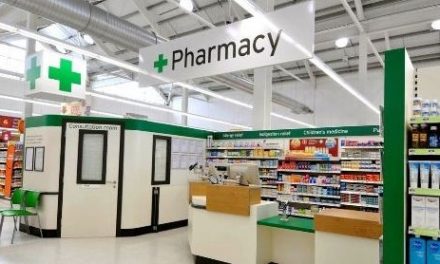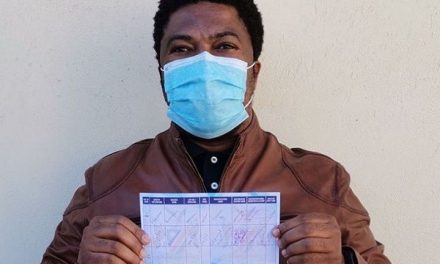
Health Risk Map 2015 shows improving private healthcare in Africa
 Medical support and emergency evacuation company, International SOS this week released its Health Risk Map for 2015 showing that private healthcare has improved in seven African countries including Namibia. International SOS said their Health Risk Map is a tool to help organisations understand the medical risks in the markets in which they operate.
Medical support and emergency evacuation company, International SOS this week released its Health Risk Map for 2015 showing that private healthcare has improved in seven African countries including Namibia. International SOS said their Health Risk Map is a tool to help organisations understand the medical risks in the markets in which they operate.
The Health Risk Map series is now in its sixth year. It helps organisations such as multinational companies, NGOs, educational institutions and governments identify how to anticipate health threats to their employees. Dr Doug Quarry, Medical Director, Medical Information and Analysis at International SOS said “The analysis from our medical experts presents a very interesting story about private healthcare services in some African nations. We have seen continued investment in a number of countries, often from foreign investors, including those in the private medical insurance market. It means citizens, overseas workers and expatriates, have access to higher standard hospital facilities.” “We have to view these improvements in the context of the continent’s overall risks. Obviously, the ongoing Ebola outbreak highlights the challenges in existing healthcare systems. Nevertheless, these developments are a positive step for healthcare in Africa. And while we are still talking about relatively low numbers of new quality facilities, we may well see more improvements of this nature in the coming years.” Without a proper assessment, business travellers and international assignees often have misconceptions about the risks they will be exposed to overseas. The International SOS Health Risk Map is designed to help close the gap between the perception and reality of health risks across the world. Health Risk Map 2015 indicates health risk by the following categories: ‘Low’, ‘Medium’, ‘High’, ’Extreme’ and ‘Large Rapidly Developing Countries’.Medical risk ratings provide an overview of the threats of infectious disease, hygiene and sanitation, accidents and the availability and quality of the local health infrastructure. The ratings are determined by a panel of International SOS Medical Directors.











































